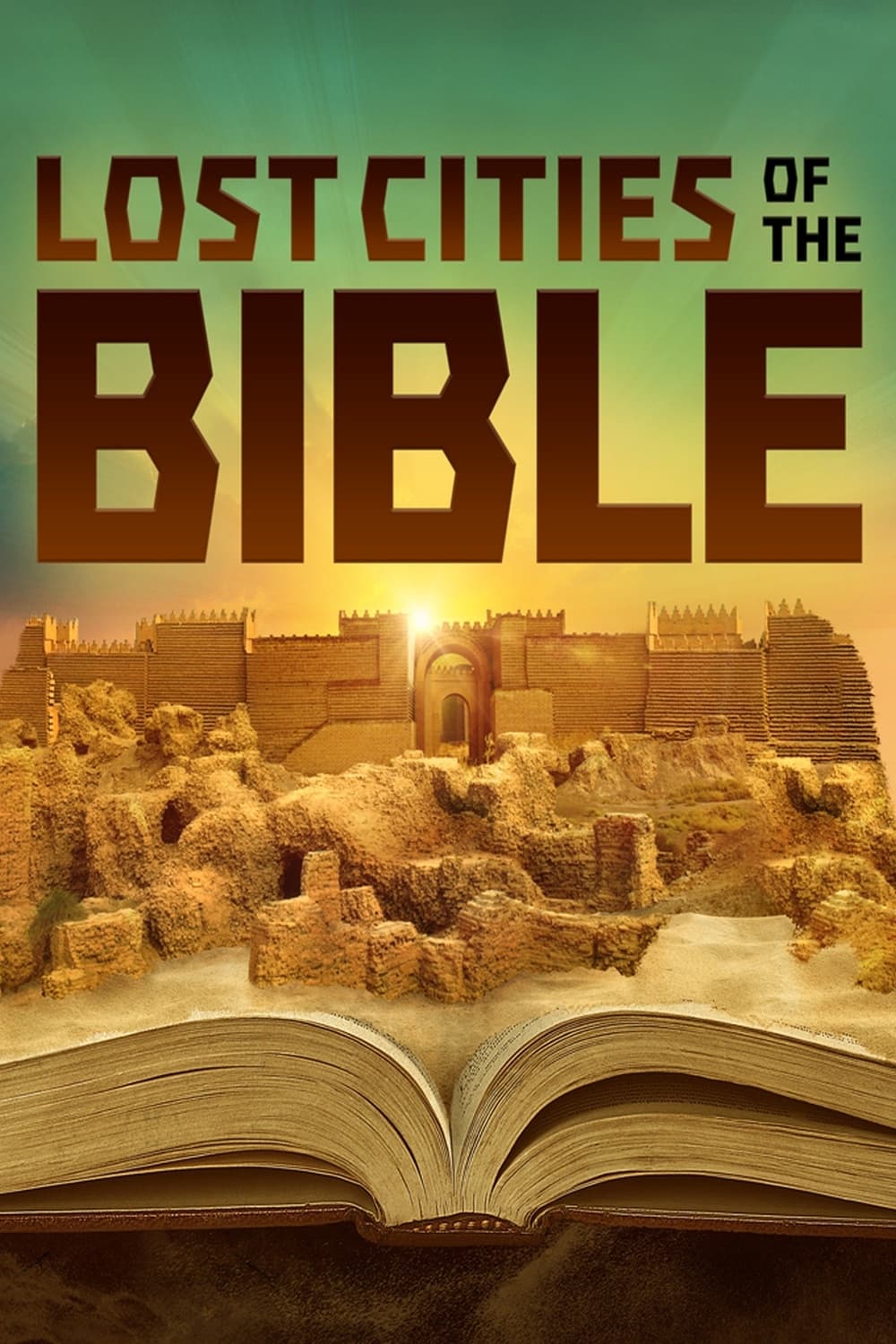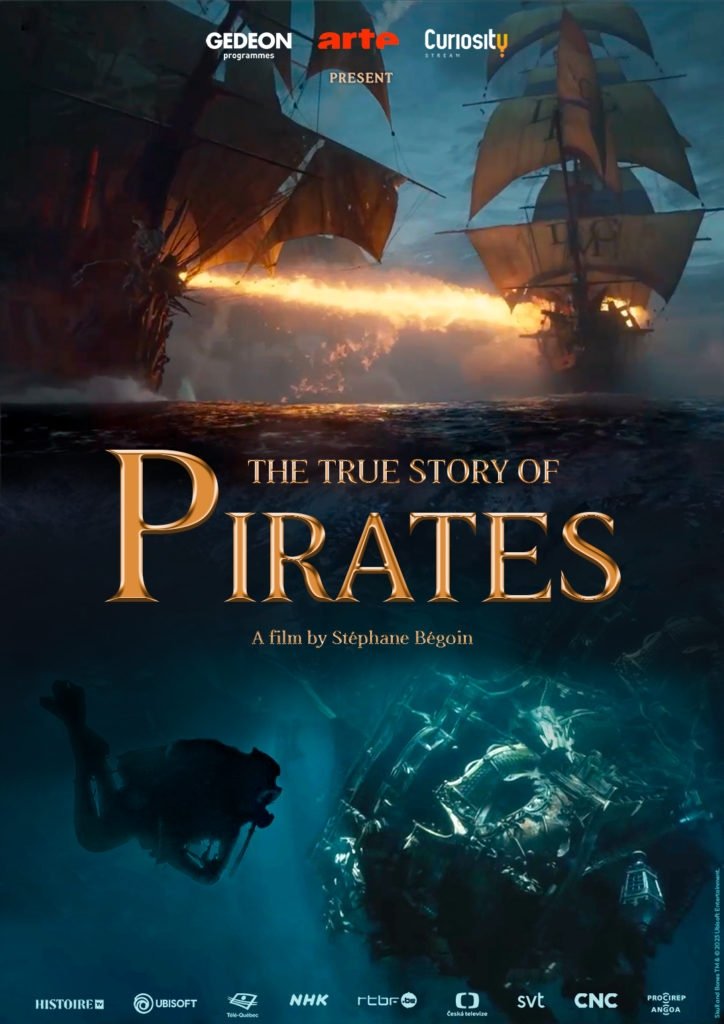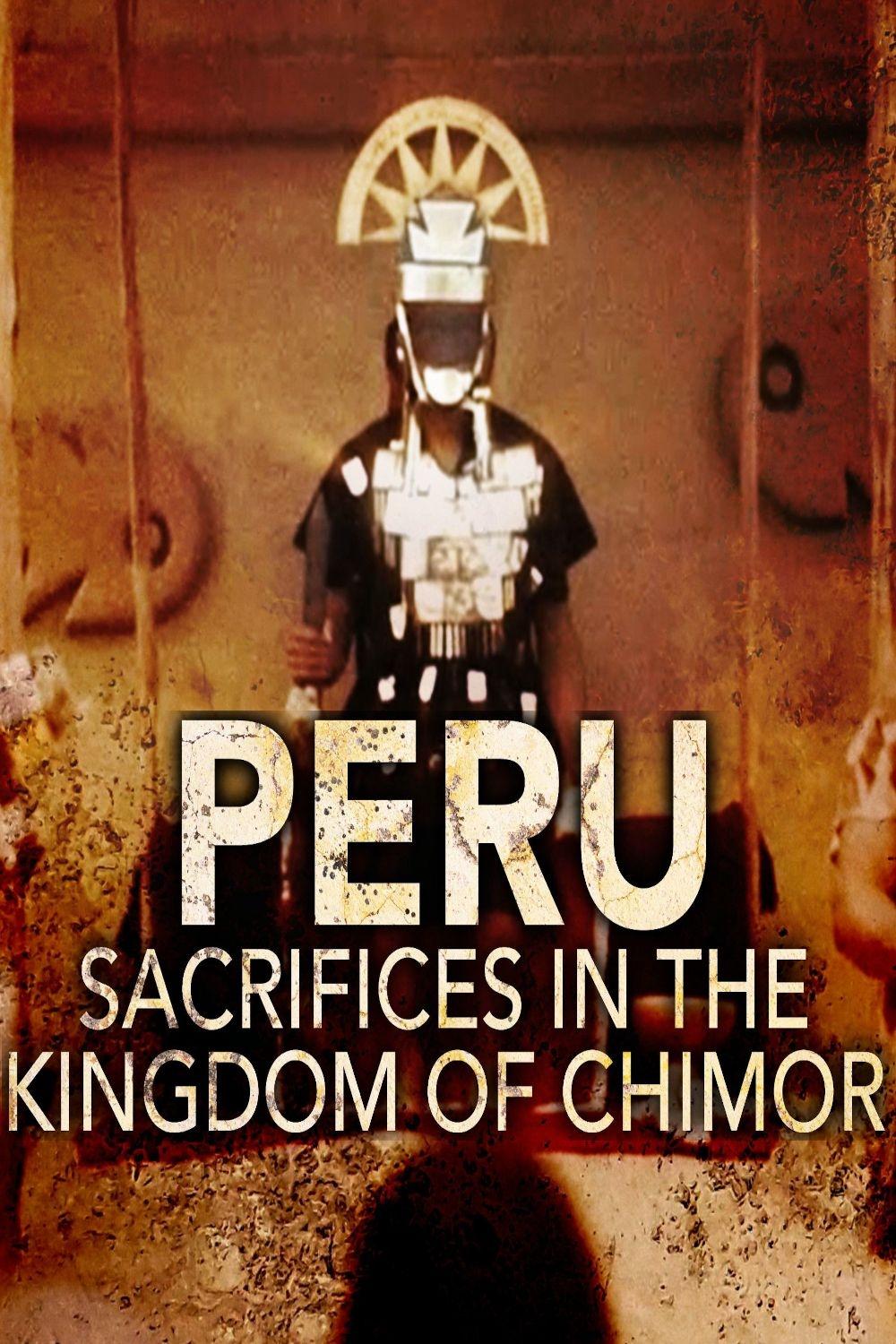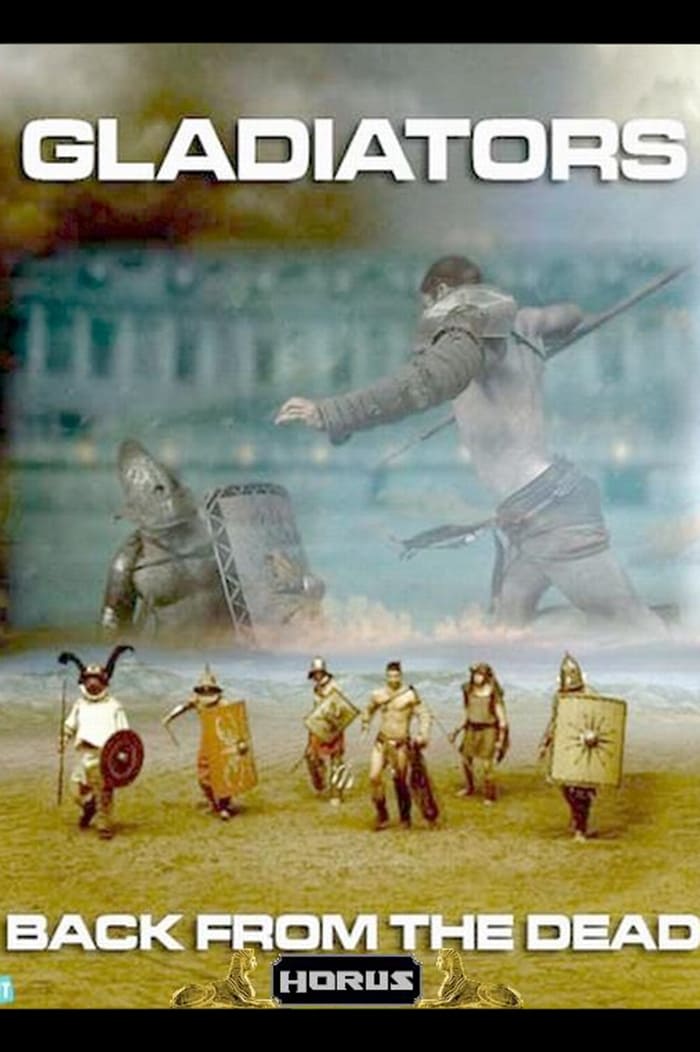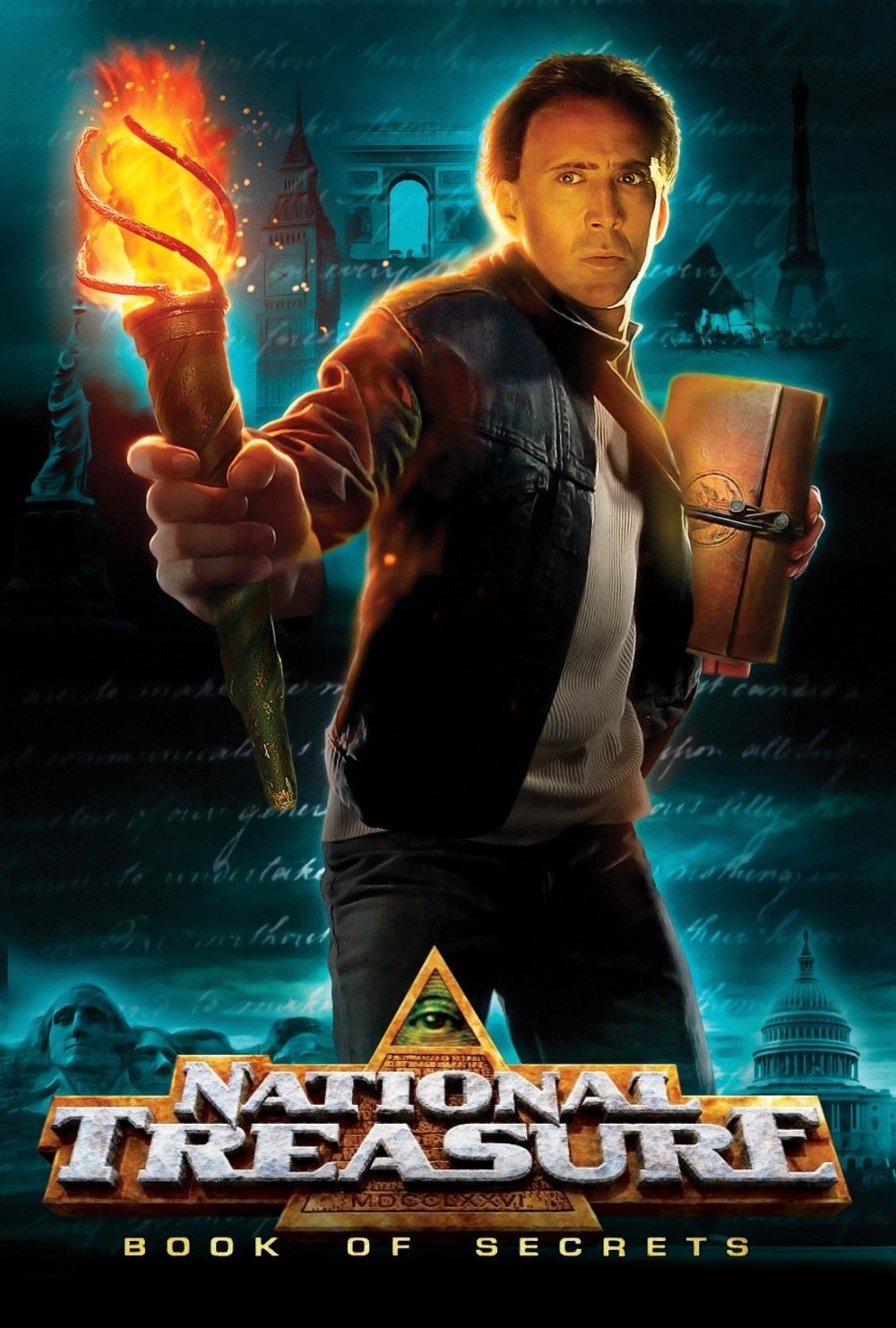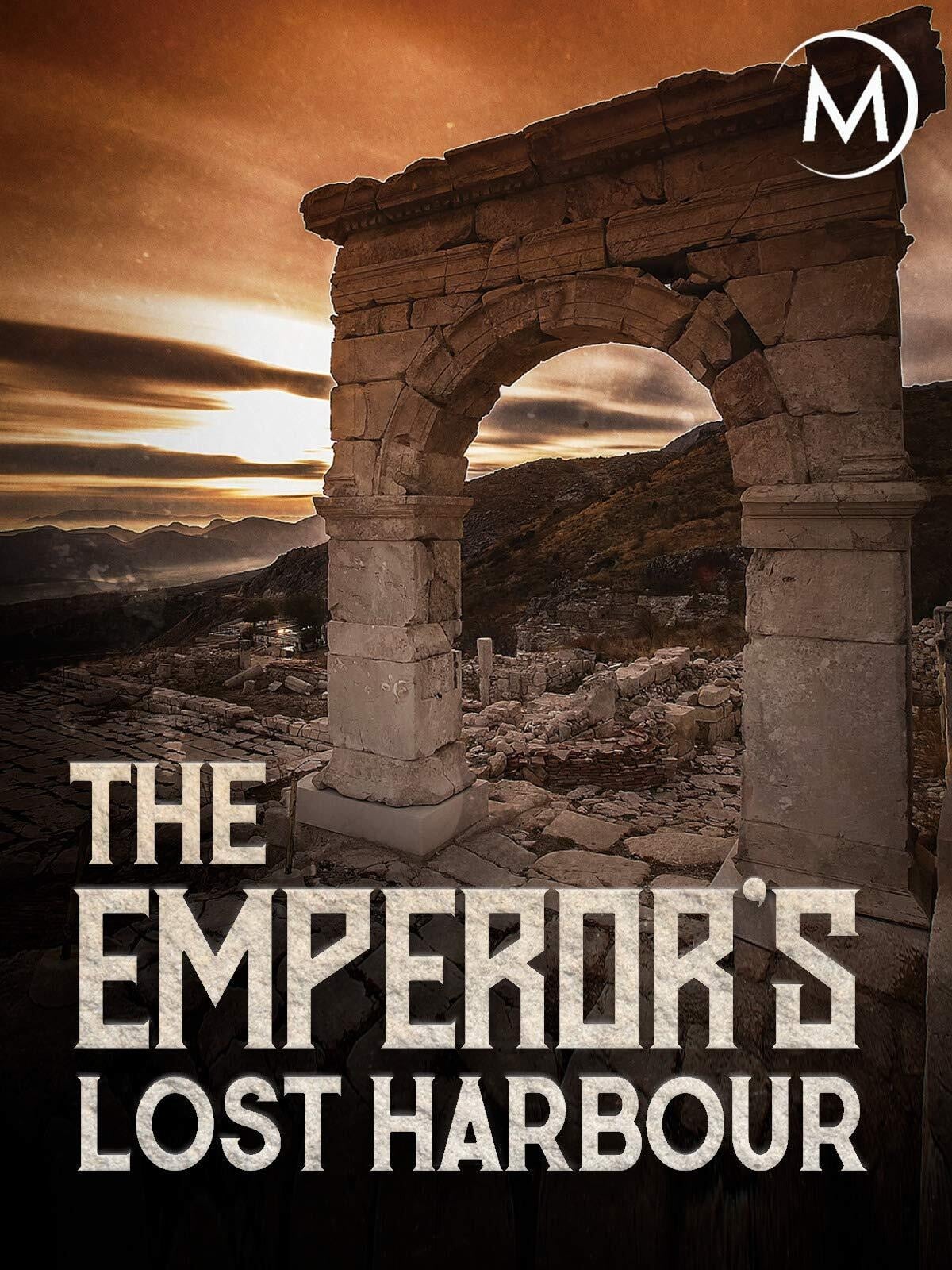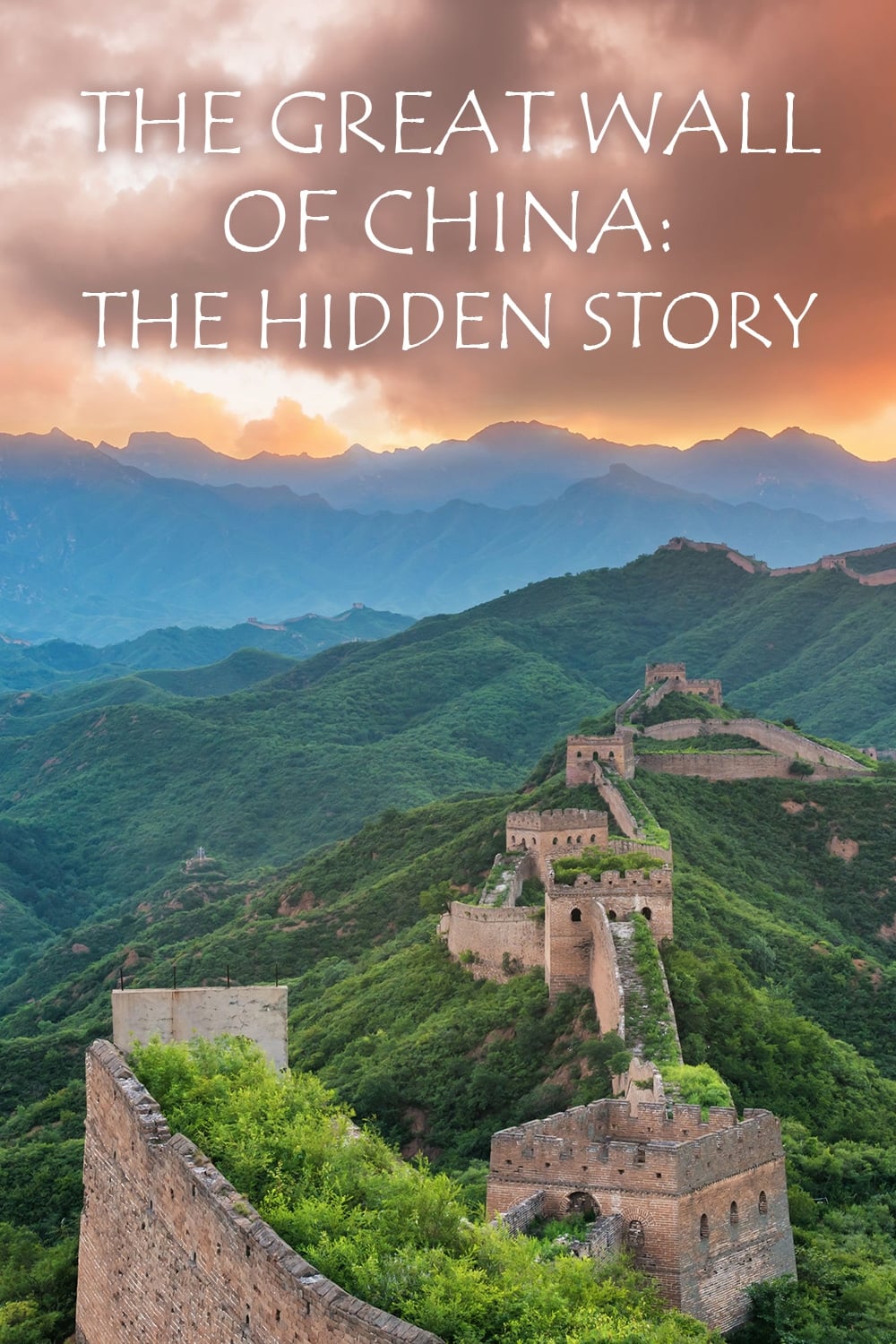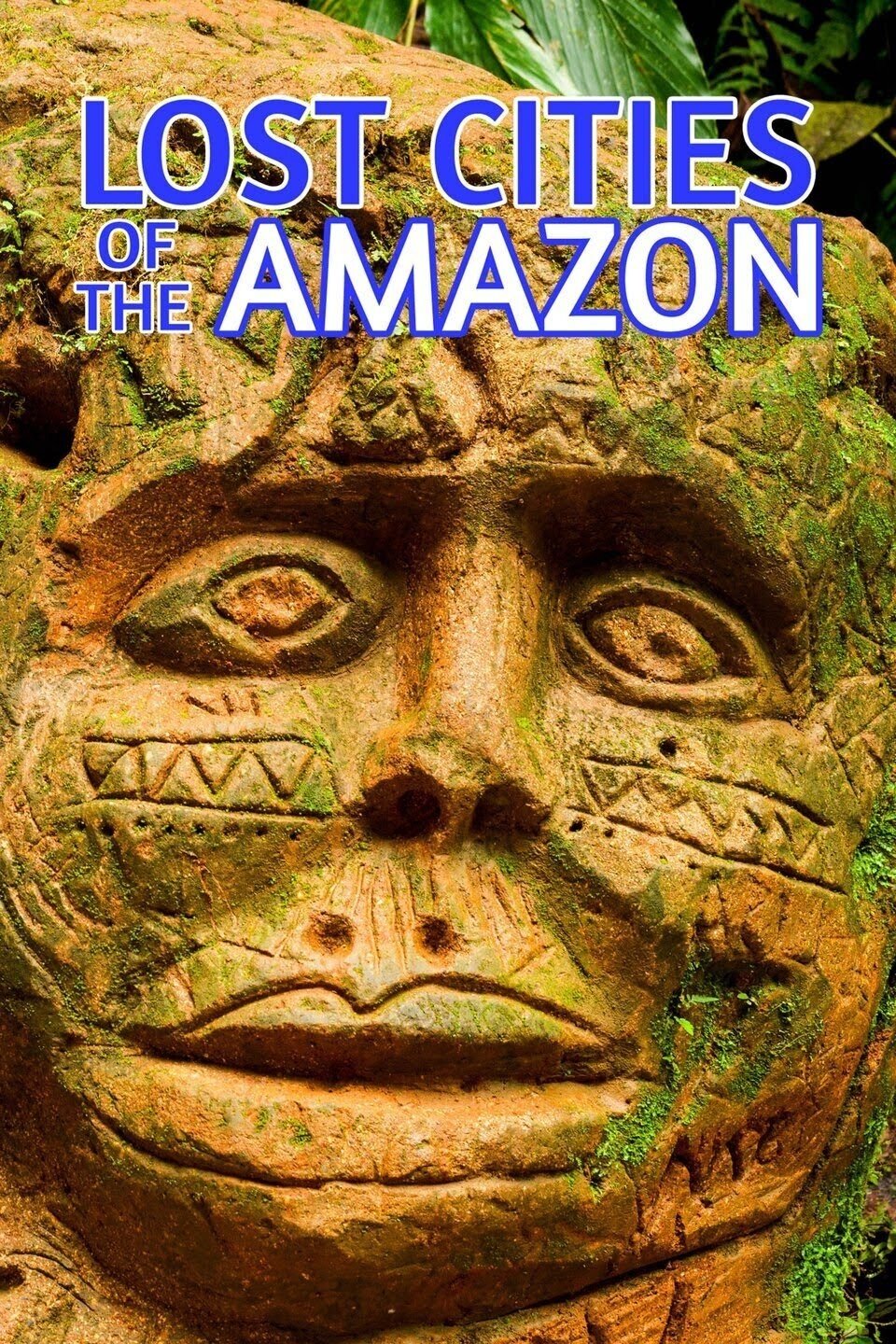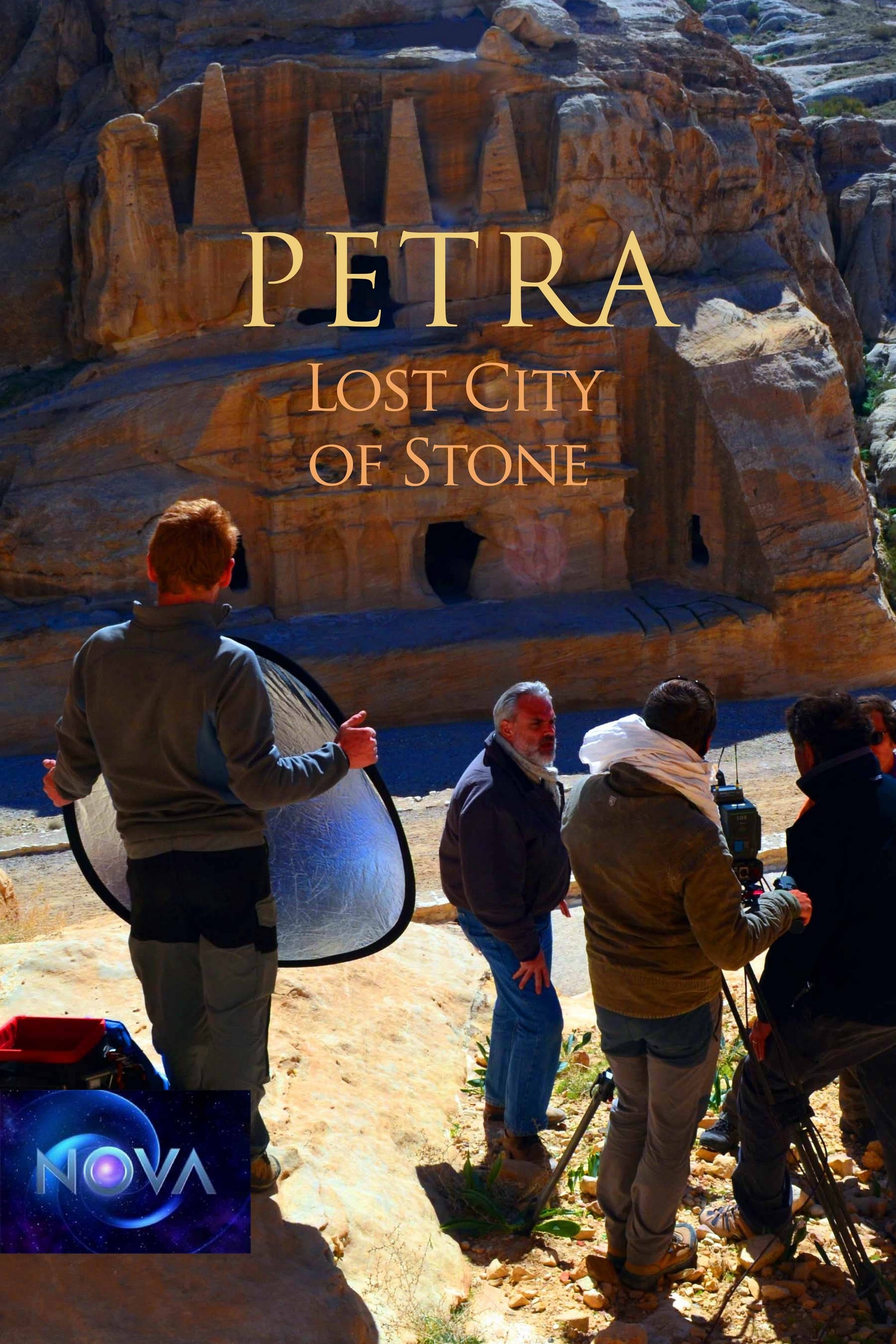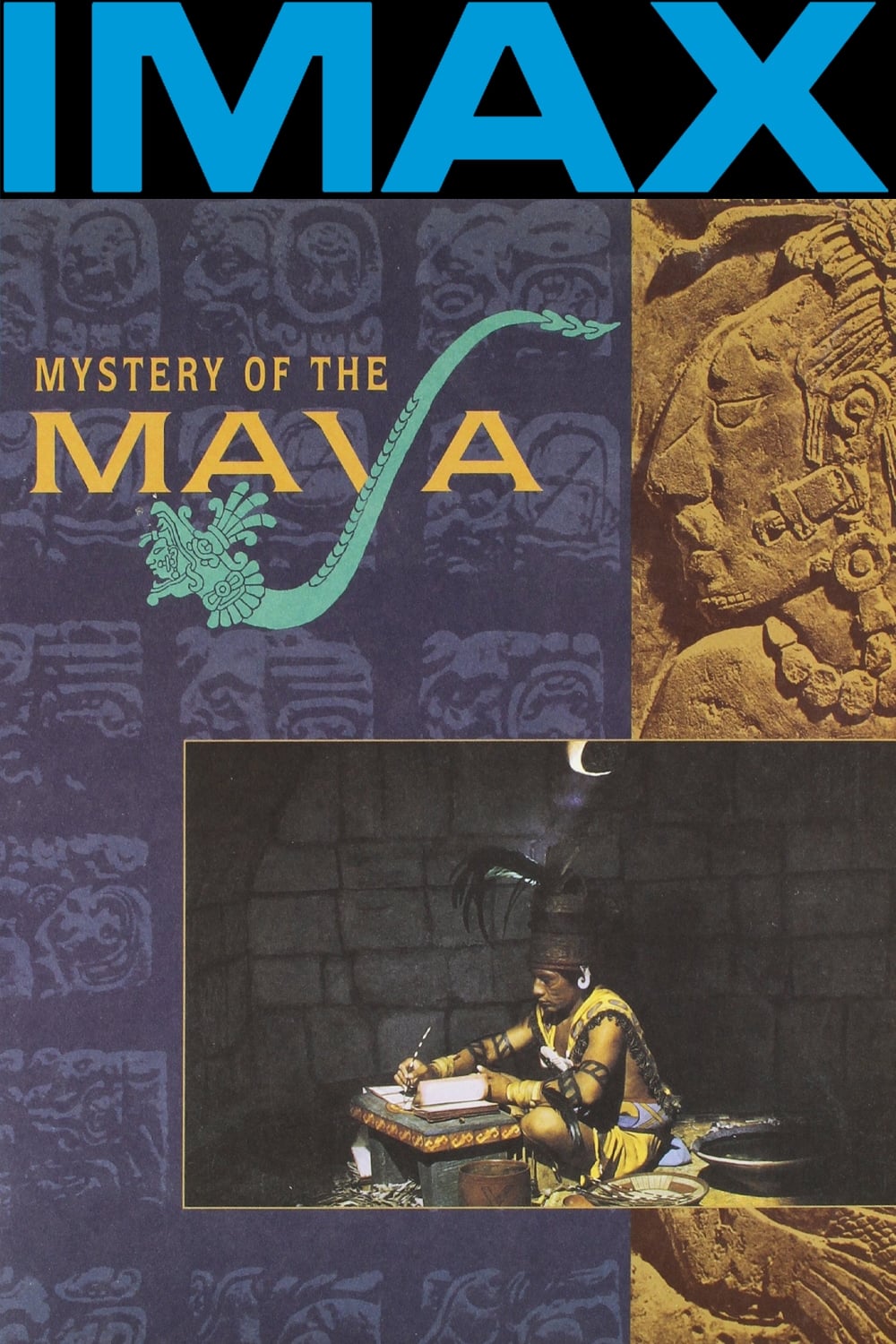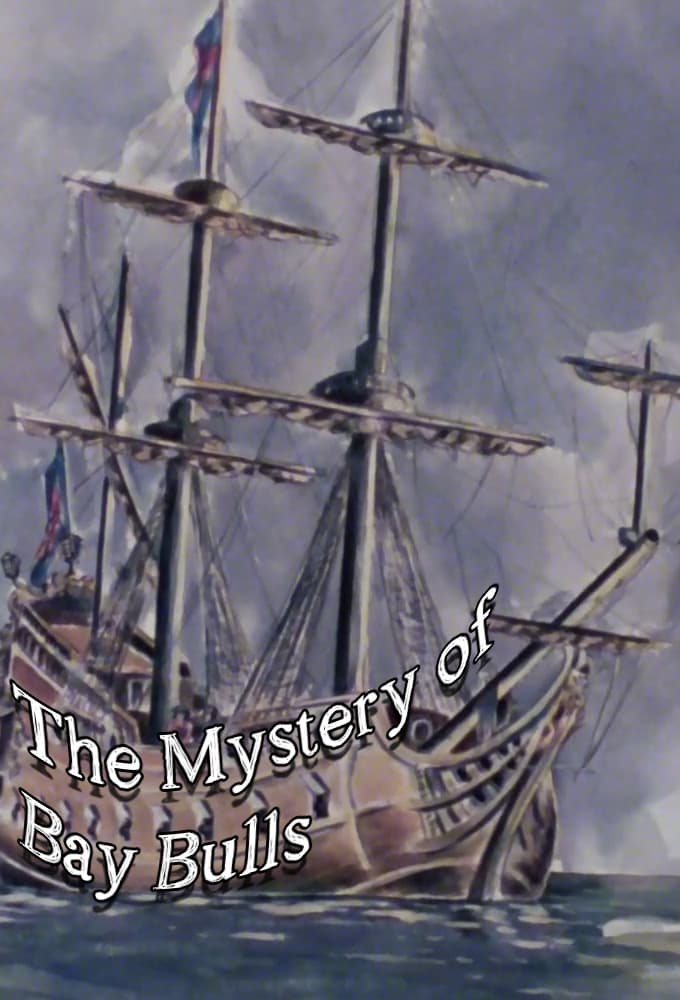
Sardaigne, la mystérieuse civilisation des nuraghes (2024)
Overview
Production Companies


Additional Info
| Budget | $0.00 |
|---|---|
| Revenue | $0.00 |
| Original Language | fr |
| Popularity | 1.627 |
Directed By
Thomas Marlier
Crew
Thomas Marlier
TOP CAST
Similar Movies
Lost Cities Of The Bible
In the Bible, God destroys the sinful cities of Sodom and Gomorrah and sides with Joshua to conquer another misbehaving city: Jericho. Are these stories true or simply moral fables? Archaeological and geological evidence holds the answer.
Civilisations: The Gardens of Babel
Mesopotamia was the site of the Sumerian civilisation, which flourished at the confluence of the rivers Tigris and Euphrates. From 5000 to 2000 BC, the Sumerians flourished in a hostile environment by developing agriculture and irrigation and they opened up the trade routes of the ancient world. It was the Sumerians who invented writing and the wheel, and they first divided time into minutes and seconds. In the end however the Babylonian civilisation took the place of the Sumerians. However their heritage and myths live on in the Mediterranean and Western worlds to this day.
The True Story of Pirates
Thanks to new excavations in Mauritius and Madagascar, as well as archival and museum research in France, Spain, England and Canada, a group of international scholars paint a new portrait of the world of piracy in the Indian Ocean.
Allan Quatermain and the Lost City of Gold
After his brother Robeson disappears without a trace while exploring Africa in search of a legendary 'white tribe', Allan Quatermain decides to follow in his footsteps to learn what became of him. Soon after arriving, he discovers the Lost City of Gold, controlled by the evil lord Agon, and mined by his legions of white slaves.
Peru - Sacrifices in the Kingdom of Chimor
In northern Peru, the unprecedented archaeological discovery of the largest known mass child sacrifice in the world opens the doors to the kingdom of Chimor. This international archaeological investigation carried out like a criminal investigation reveals the mysteries of the last civilization of the Andes before the arrival of the Incas.
Gladiators: Back from the Dead
Up to one million gladiators are thought to have died in arenas across the Roman Empire. And, although fascination with gladiators has been high, the details of their lives and deaths remain fragmentary. Now, with the discovery of an ancient Roman burial site containing 80 skeletons thought to be gladiator warriors, National Geographic recreates the world of the Roman arena and how six gladiators lived, fought and died.
National Treasure: Book of Secrets
Benjamin Franklin Gates and Abigail Chase re-team with Riley Poole and, now armed with a stack of long-lost pages from John Wilkes Booth's diary, Ben must follow a clue left there to prove his ancestor's innocence in the assassination of Abraham Lincoln.
The Emperor's Lost Harbour
In the heart of a metropolitan city of 15 million people and among the construction of a new billion-dollar transportation network, an archaeological sensation has been discovered: the ancient harbour of Theodosious, lost from the history books for over 1000 years.
Koyaanisqatsi
Takes us to locations all around the US and shows us the heavy toll that modern technology is having on humans and the earth. The visual tone poem contains neither dialogue nor a vocalized narration: its tone is set by the juxtaposition of images and the exceptional music by Philip Glass.
The Great Wall of China: The Hidden Story
It's the most extraordinary feat of engineering in history, and one of the most iconic man-made structures on the planet - the Great Wall of China, stretching thousands of miles across barren deserts and treacherous mountains before finally plunging into the sea. But why did the Chinese go to such staggering lengths to build it, and what are the secrets that have enabled it to survive for over 2,000 years? Now, ground breaking science is re-writing its complex history and de-coding its mysteries to reveal that there is much more to the Great Wall than just bricks and mortar. Cutting edge chemistry reveals that the secret to the Great Wall's remarkable strength is a simple ingredient found in every kitchen, and a new survey also determines that its length is truly amazing, as we finally solve the enigma at the heart of the world's greatest mega-structure.
Braddock's Road: A Legacy Unearthed
Built in 1755 at the height of the French and Indian War, Braddock's Road was one of the nation's most infamous military roads. Traces of this historic route, in western Maryland, still remain, buried beneath soil and brush, and a team of archaeologists is on the hunt.
Lost Cities of the Amazon
Over the centuries, explorers traded tales of a lost civilization amid the dense Amazonian rainforest. Scientists dismissed the legends as exaggerations, believing that the rainforest could not sustain such a huge population—until now. A new generation of explorers armed with 21st-century technology has uncovered remarkable evidence that could reinvent our understanding of the Amazon and the indigenous peoples who lived there. Using CGI and dramatic re-creations, National Geographic re-imagines the banks of the Amazon 500 years ago, teeming with inhabitants living in the Lost Cities of the Amazon.
Herod's Lost Tomb
National Geographic follows archaeologist Ehud Natzer in his discovery of the tomb of Herod the Great.
Petra, the Capital of the Desert
At the dawn of the Christian era, Petra, capital of the rich kingdom of the Nabataeans, bordering the deserts of Arabia, Syria and the Negev, was absorbed by the Roman Empire and, after being sacked by the Bedouins, disappeared from the memory of mankind; but its secrets are gradually being revealed thanks to an enormous excavation work.
Mystery of the Maya
Filmed in IMAX, a young Mayan boy who lives close to the ruins becomes acquainted with an archaeologist (Guerra) and asks her to tell him about his ancestors. The crew travelled to over 15 locations in Mexico and Guatemala, including Tulum and Chichén Itzá.
The Mystery of Bay Bulls
A film on the "SAPPHIRE", the oldest identified wreck in Canadian waters. Parks Canada's underwater archaeology team is responsible for the excavation of the three-hundred-year-old frigate.
Homo sapiens, the New Origins
In Morocco, new excavations on the site of Jebel Irhoud upset the generally accepted view of the dating of the appearance of man.
Turkmenistan's Cultural Treasures
To outsiders, Turkmenistan is one of the world's least known countries. For the first time in ten years, a film crew has been free to visit spectacular excavation sites and follow international researchers into areas that have long been off-limits. Once considered the poorest part of the Soviet Union, oil and natural gas have brought new wealth to Turkmenistan today. A little known fact in the West is that 4,000 years ago, the country was home to one of the ancient world's centers of power. Although it flourished around the same time as the advanced civilizations of Mesopotamia and Egypt, the Margiana empire was later largely forgotten. Since the fall of the Soviet Union, the country has been slowly opening up to international researchers, and its astounding cultural heritage is coming to light.
